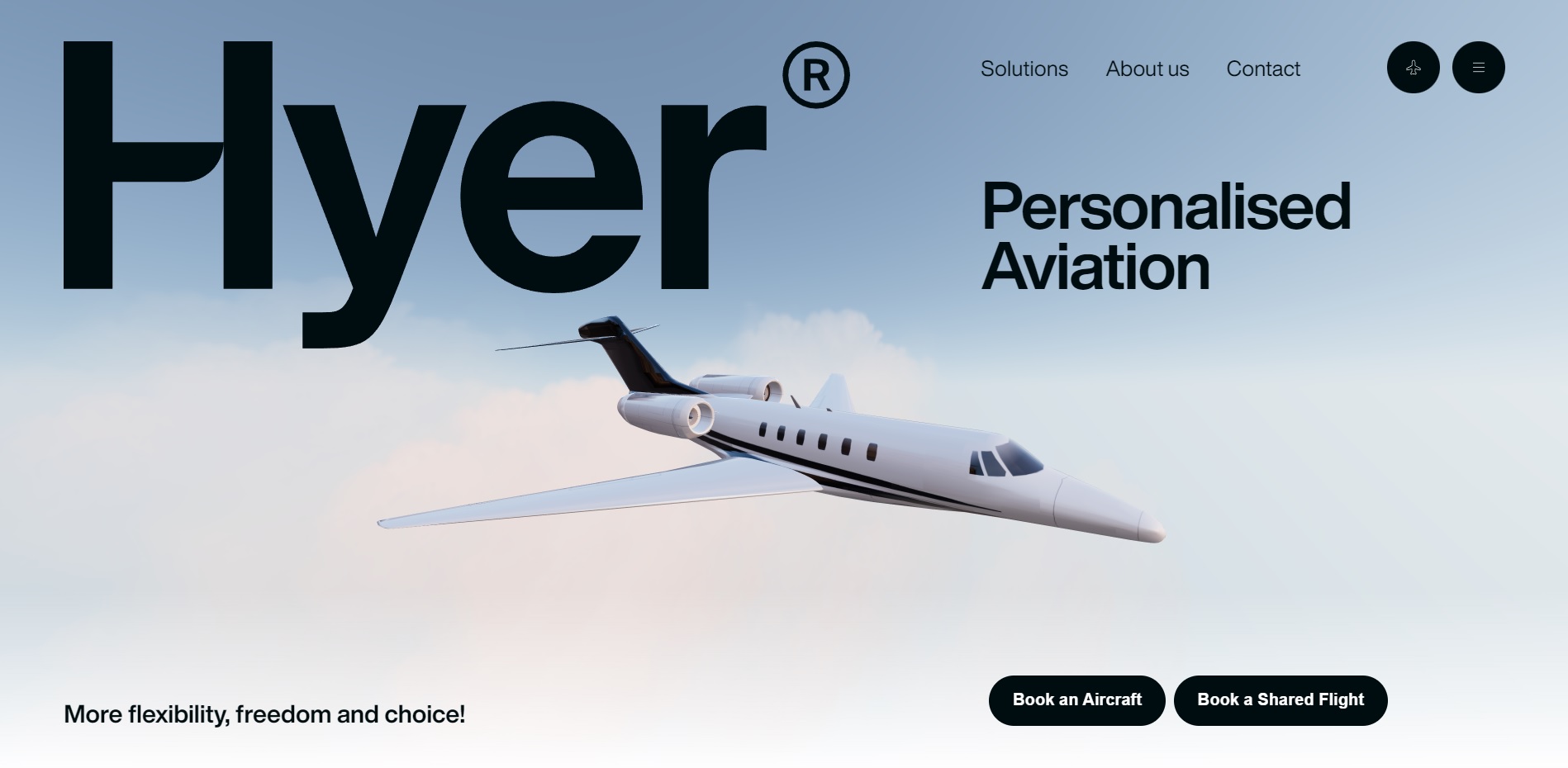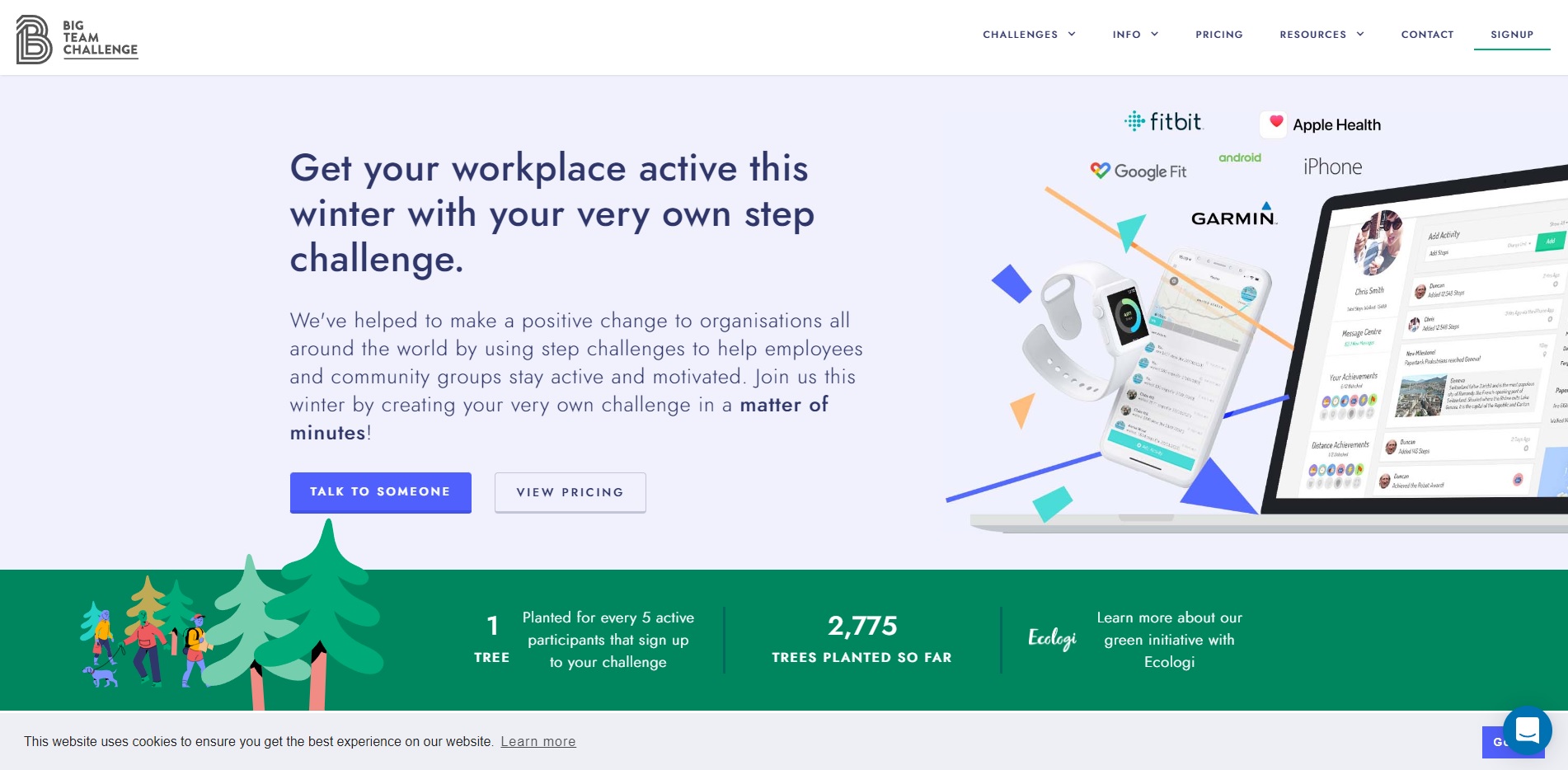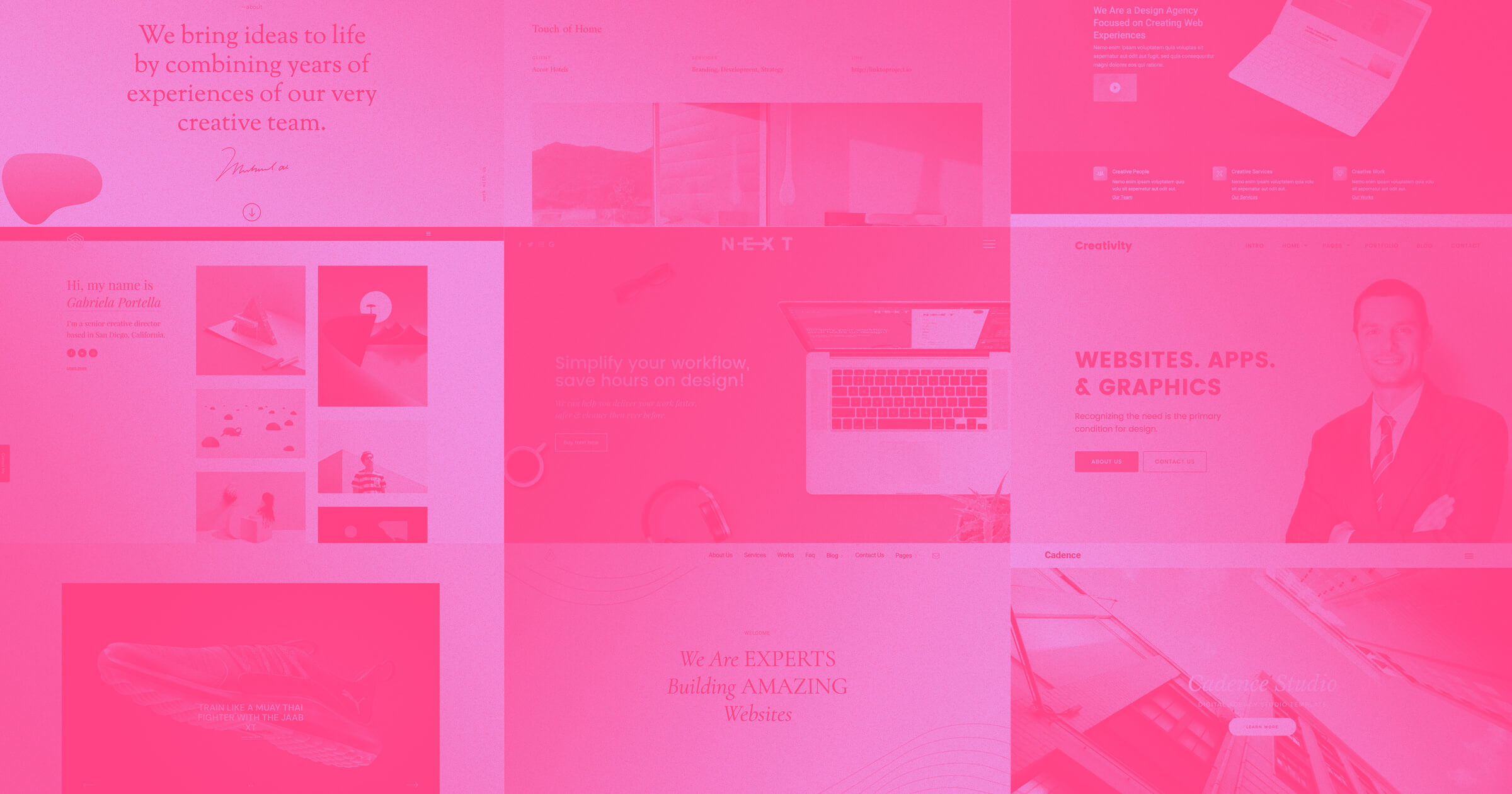Web design is an important tool in your marketing strategy.
When web design and marketing work together to pair effective content with a well-designed site, your marketing efforts receive the lift they need to rise above the competition — and convert more visitors into customers.
How web design supports digital marketing
Today’s marketers have access to one major tool that wasn’t available to those of the past: the internet. The digital age gave rise to digital marketing, a subset of the industry that’s proven to be incredibly powerful.
Web design influences digital marketing in various ways, including:
Reinforcing brand identity
Behind all successful businesses is a solid brand identity, and behind an effective brand design process is a skilled graphic designer. Once the company settles on the name, logo, color scheme, and overall visual aesthetic that make up its identity, the web designer morphs those elements into a design meant to create a user experience (UX) that’s consistent and memorable. The result? Increased brand recognition, customer loyalty, and business growth.
Improving the user experience
Web design goes beyond creating a memorable and consistent UX – it’s fundamental in creating a website that’s easy to use, engaging, and effective. Visitors might bounce from the page if it’s challenging to navigate or functions unexpectedly. Hard-to-read fonts, low-contrast color combinations, and poor optimization for different devices are all known to push visitors away.
A scalable, accessible, responsive website illustrates your commitment to providing a positive experience for all users. It shows you value your audience’s needs and preferences and are willing to invest in their satisfaction, reinforcing positive brand perception and enhancing your efforts to market a brand successfully. Combining design with functionality puts your business and branding first, ideally winning you new customers.
Supporting omnichannel marketing efforts
The majority of businesses today use omnichannel marketing to reach customers wherever they are. It could be emails, texts, billboards, podcast ads, or even banners trailing a low-flying plane. What’s important is that each channel conveys a unified message in a way that fits the format.
Omnichannel campaigns that leverage social media marketing intentionally tailor the content to the platform. For example, videos for TikTok and Instagram and more text-heavy posts for Facebook and LinkedIn.
The website functions as a foundation for these campaigns, ensuring that customers have a seamless and engaging experience that encourages them to move further along the buyer’s journey. It’s often the last stop before the final purchase, so web design must work to keep visitors moving forward by delivering a persuasive, compelling, and frustration-free user experience.
Leveraging search engine optimization
Optimizing your website for search engines, or search engine optimization (SEO), is one of the best ways to get your products and services on the radar of potential customers.
Effective SEO starts with keyword research to identify the words and phrases your target audience uses when searching for products, services, or information related to your website. By using keyword research tools such as Google Keyword Planner, analyzing search engine results pages (SERPs), and looking at competitor websites, you can identify keywords that tell search engines what your site is about.
When done well, your website can be a powerful organic traffic driver and improve your digital marketing efforts. Review our marketer’s guide to SEO for more detailed guidance.



















Get started for free
Create custom, scalable websites — without writing code. Start building in Webflow.
5 websites designed with marketing in mind
Good web design helps businesses promote products and services in a way that sets them up for success. Intuitive navigation, captivating on-brand imagery, and compelling calls-to-action (CTAs) that enhance the user experience are examples of critical design elements that lead people to convert.
Let’s explore examples of this approach in action:
1. INSIGHT2PROFIT

INSIGHT2PROFIT markets itself as a company focused on data-driven pricing strategies. Its site plays off this fact-based branding with design elements like classic drop-down menus outlining the subpages so visitors can find what they seek.
INSIGHT2PROFIT's website design centers quantifiable data on its homepage to entice potential customers and showcase its success. The color palette – largely blues and off white with key elements highlighted in bold orange – draws attention to the information and CTAs to create a visually compelling and user-friendly experience. The subpages themselves mimic the format of infographics or presentations to convey information in an organized, attractive way, perfect for a target audience that’s more interested in metrics than bells and whistles.
2. Hurry

Hurry is a vibrant, user-friendly website for a delivery startup designed by Webflow design agency Finerfox. The navigation bar includes “For Retailers” and “For Drivers,” categories to fast-track different user types to the information they need while also including a “Cities” page to highlight Hurry’s community-based approach.
Hurry's client base is constantly moving, making a mobile-friendly design crucial. The mobile version of the site slims down the illustrations so they don’t detract from essential navigational elements, enabling customers to make decisions quickly.
3. Hyer

Hyer brokers private charter flights. To effectively market itself, it needs a website that explains its services in an elevated and elegant way. Its client base — busy workers and high earners who travel often — is always on the move and might not have the time or patience to scroll through a website to find what they need. Hyer’s website highlights two CTAs immediately on its homepage: “Book an Aircraft” and “Book a Shared Flight,” streamlining the purchase process to turn browsers into buyers.
4. Big Team Challenge

Big Team Challenge helps organizations stay active with step challenges. Its website is simultaneously informative and aesthetically pleasing to sell the service and communicate its mission. It immediately engages the user with an informative blurb and tree-planting statistics showing the company’s tangible impact.
The clean, modern design, consistent color scheme, and easy-to-read fonts provide information without overwhelming visitors. Navigation is equally accessible — the “Pricing” tab directs visitors straight to a new page without an expanding menu, bringing them to a calculator that shows exactly how much they’ll pay.
Big Team Challenge’s brand is equally eager and transparent, communicating its service without red tape. The playful and informative design and the website’s usability communicate Big Team Challenge as an easy-to-use and fun service.
5. Otherworld

Otherworld is an in-person experience featuring 40 rooms of large-scale interactive art, mixed reality playgrounds, and secret passageways. To market the unique experience, Eurecah designed a website with bright colors and animations that feel just as otherworldly.
Neon imagery spans the landing page with a looping video of clients walking through the experience, offering a level of immersion other marketing channels wouldn’t be able to provide. At the bottom, hours and dates continuously scroll to let site visitors know when they can attend. Combining the site’s dynamic visual elements with static text engages visitors, who don’t have to visit a new page to discover visiting hours. That clear information goes a long way toward convincing visitors to book a ticket.
Create a marketing impact with great web design
As businesses continue to engage in and change the digital landscape, thoughtful website design is a marketing must-have for businesses of every size. User-focused web design helps create a positive first impression of your brand and enhances the user experience to build trust with your audience. With over 1,500 templates ready to go, Webflow has the tools you need to create a web design that supports your marketing efforts and pushes your business forward.































